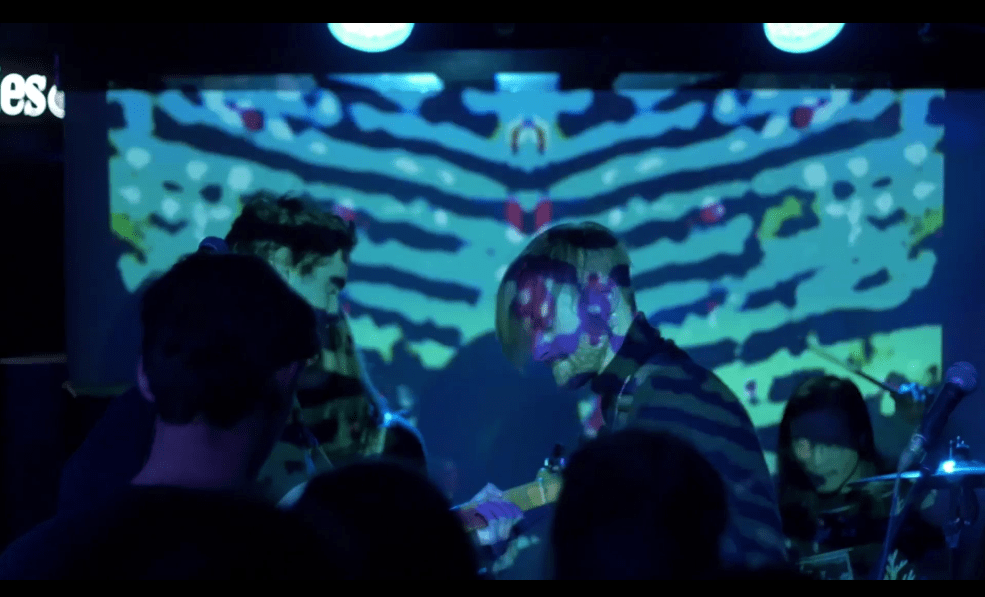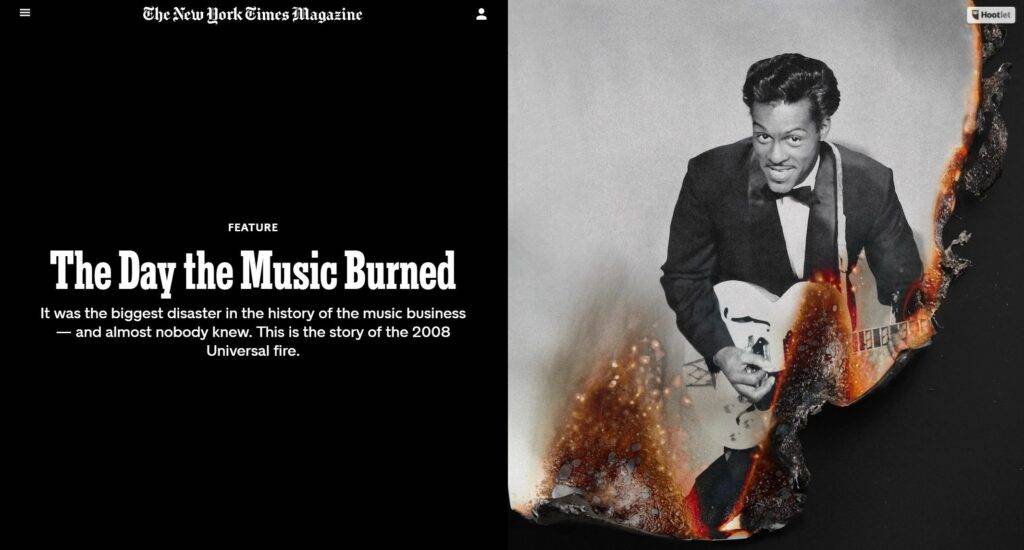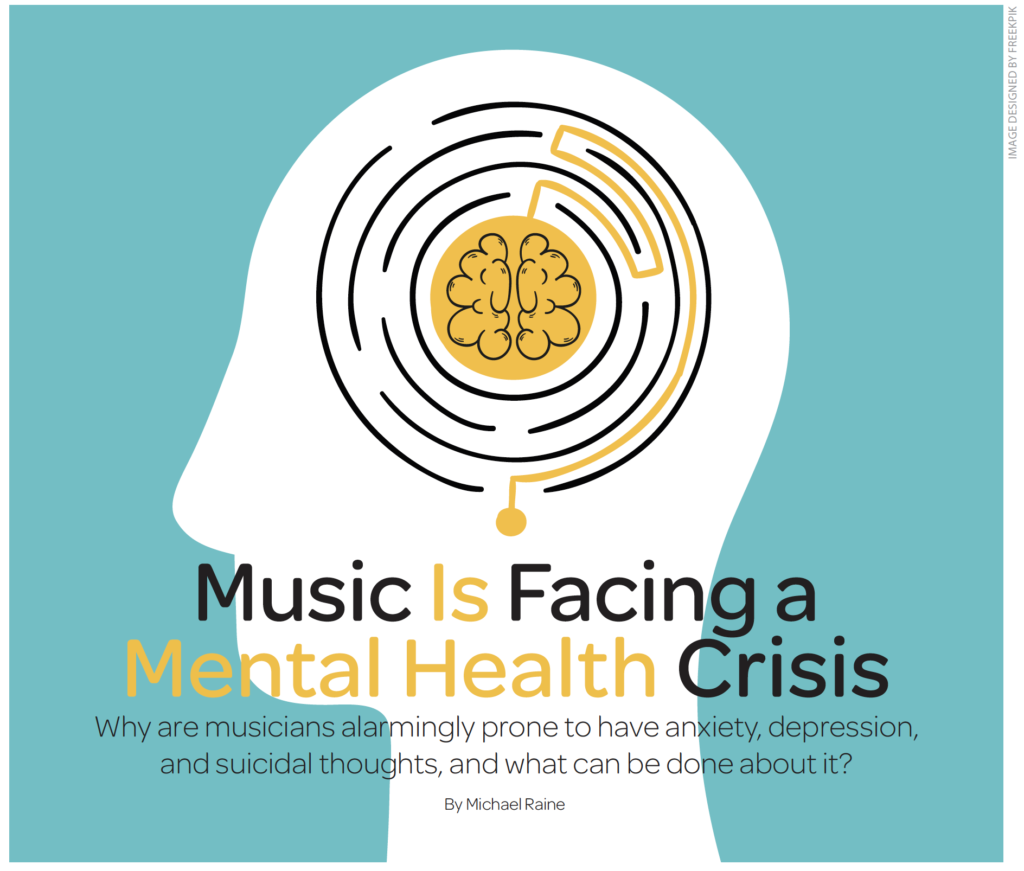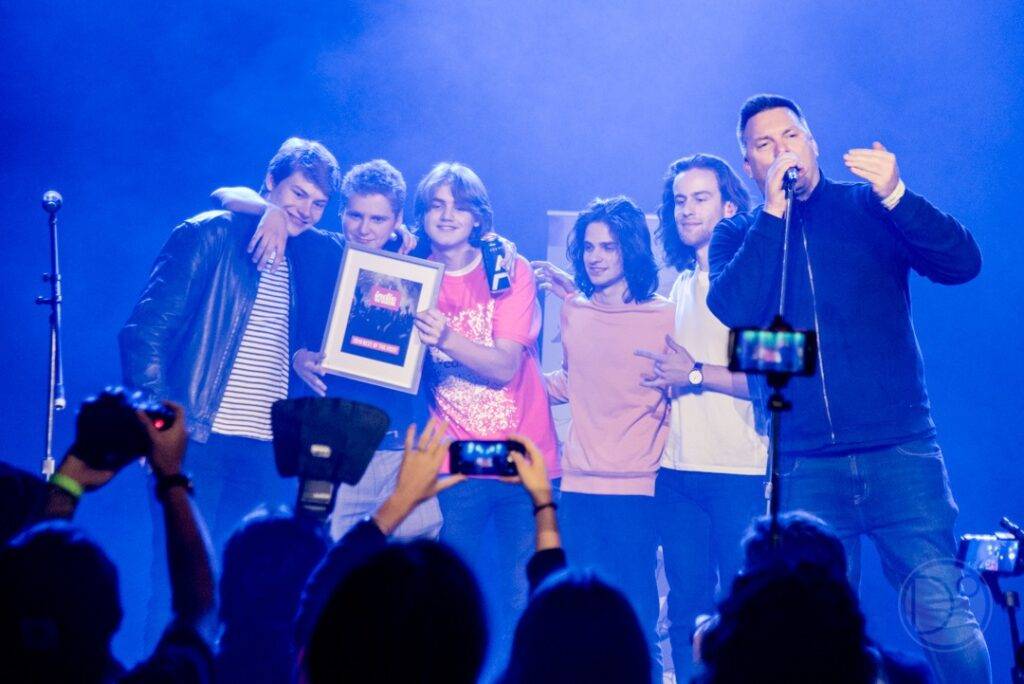
PACKED LUNCH VISUALS
PACKED LUNCH VISUALS
Hearing Packed Lunch Visuals described as “a poor man’s light show” may give off the impression of something you might encounter at a children’s laser tag center or a sci-fi-themed wedding, but it’s anything but. Armed with a projector and an arsenal of eye-popping video art, Mike Pereira’s extraordinary projections are slowly changing the way indie artists are approaching their lighting game.
When most bands get ready for a gig, they tend to solely focus on the music, making sure their songs are perfectly crafted and every member knowing their parts inside and out. But what is often forgotten is the visual aspect of performance. Yeah, they might put some effort into their wardrobe and dish out for some new threads, or maybe splurge on a custom bass drum head with their band name across it, but when it comes to lighting it’s often not even an afterthought. Bands tend to leave themselves at the mercy of the bars and venues and whatever the house setups may be. Usually, it’s just a couple of colored spotlights, a broken mirror ball, or a flickering strobe that runs for the entire set, but because most indie artists operate on shoestring budgets, they would likely argue that they can’t afford to rent a bunch of lights or hire a tech to operate them, so they don’t even bother — in steps Packed Lunch Visuals.
With a background in illustration, animation and video production, Mike Pereira is putting some of his many talents to use and offering independent artists a solution to their optical dilemmas. Whether it’s manipulating video footage or creating hand-drawn animation, Packed Lunch’s projections are taking the indie music scene experience to the next level with colorful displays that grab the audience’s attention in a mesmerizing symphony of luminescence, adding the perfect accent to a performance. His work gives the typical show that much-needed dynamic boost that one would only expect in a larger venue but with a simple approach that’s affordable for most artists and adaptable to nearly any activity.






Responses